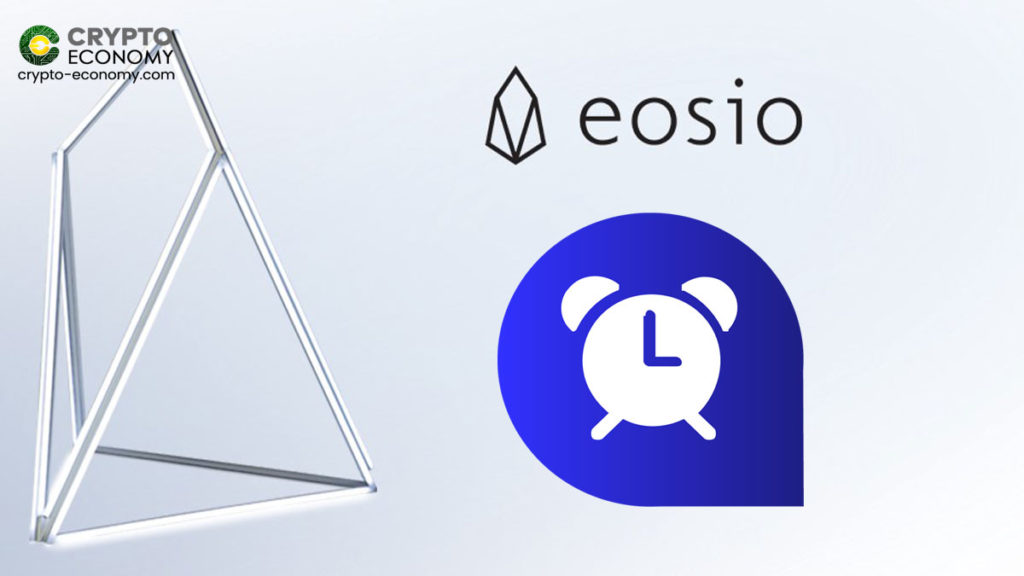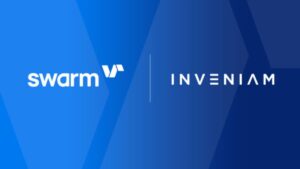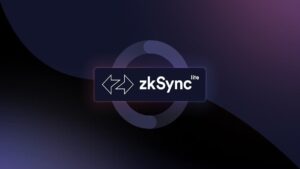LiquidScheduler is a new product inside the EOS community aimed at solving the issue of recurring transactions. Those transactions put too much burden on the EOSIO, and LiquidScheduler tries to routine them.
“Scheduled tasks or deferred transactions? Whatever you call it, there is only one way to automate tasks on the blockchain – and that is by using #LiquidScheduler!,” tweeted LiquidApps, the developer team behind LiquidScheduler.
The Importance of Scheduled Operations
All apps need systems to manage recurring and a variety of routine tasks. dApps inside blockchain networks like EOSIO are no exception. Many dApps rely on outsourcing the challenge of recurring operations. They lean on thrid-party centralized partners to manage the repetitive tasks inside applications. This solution ar workaround is not standard, and many protocols don’t accept that.
Using centralized databases is the main problem with this solution, which is a kind of vulnerability for decentralized blockchain-based apps. Besides, updating and maintenance operation takes more time in this solution.
Decentralized apps on blockchains need more on-chain solutions for recurring tasks like transactions. EOSIO blockchain firstly had a feature for this named “deferred transaction,” but it had some problems.
That solution was not guaranteed and somehow acted unreliably. Besides, manual triggers were needed for failures in automated scheduling transactions. After all, the recent versions of EOSIO don’t recommend using the deferred transaction feature because of its complicated nature.
LiquidApps is one of the most famous developers in the EOS community. The LiquidScheduler is their latest product for EOSIO. The team describes its product as “a fully-featured solution for scheduled and recurring tasks, with the same powerful characteristics of other DAPP Network services, such as customizable trustlessness is now available for use.”
Developers can use the feature for various applications like creating scheduled tasks and timers, and regularly updating the dApp using LiquidApps’s other products like LiquidOracles and LiquidLink.
LiquidApps published a walkthrough guide for developers to take benefit from the new solution in their dApps on EOSIO. The walkthrough explains all the steps from preparing contracts for LiquidScheduler, passing in data, and using the callback function, to rescheduling.
If you found this article interesting, here you can find more Blockchain and cryptocurrency news











